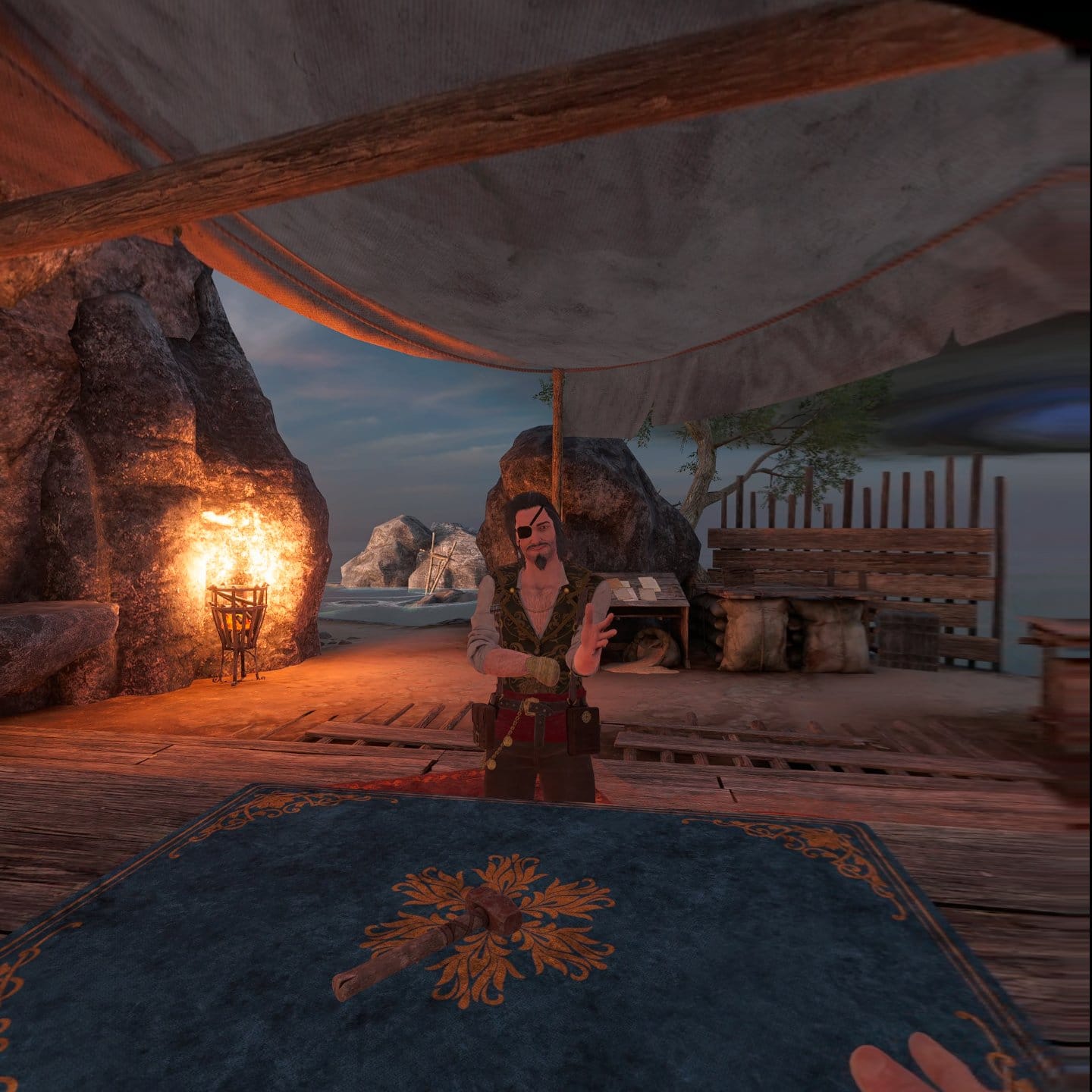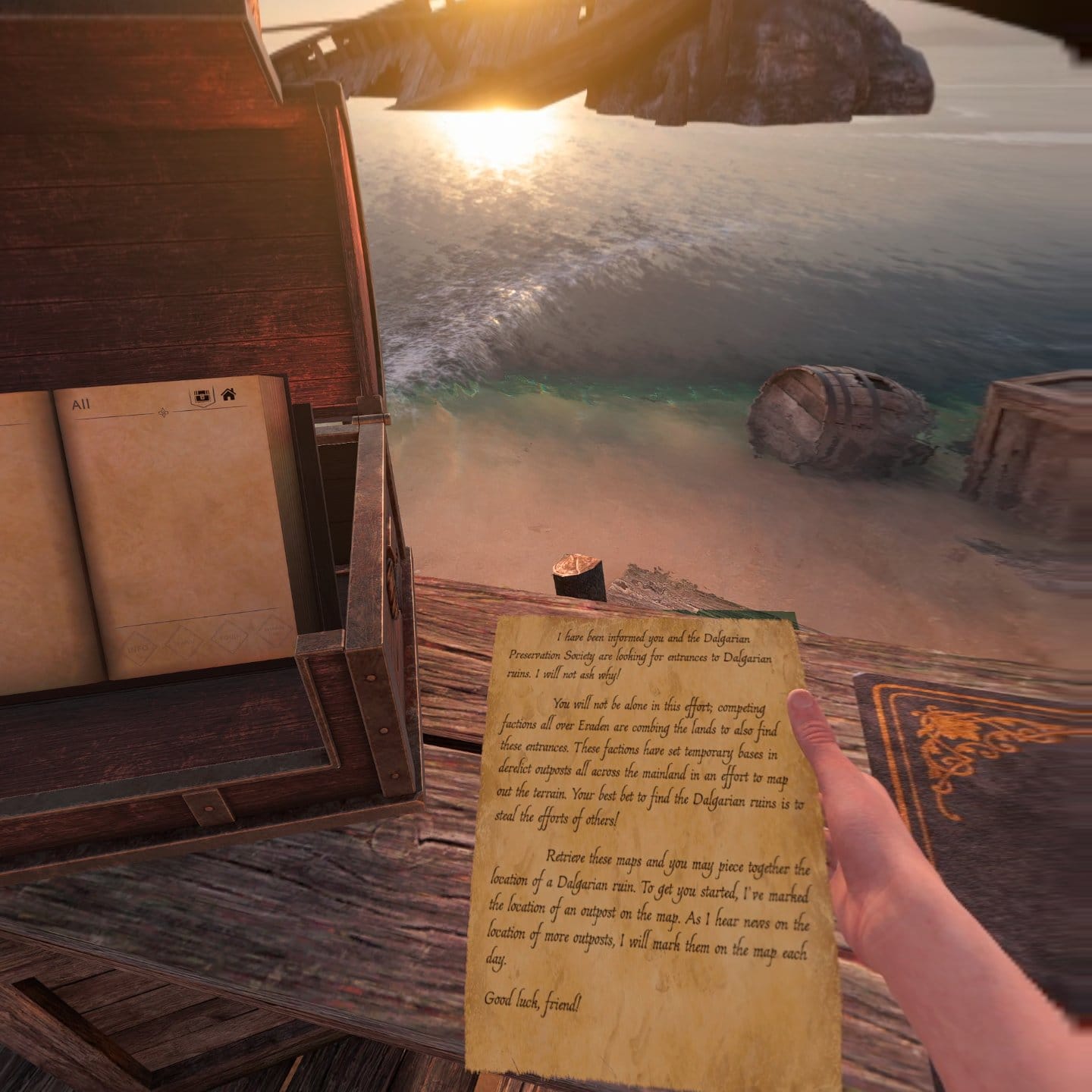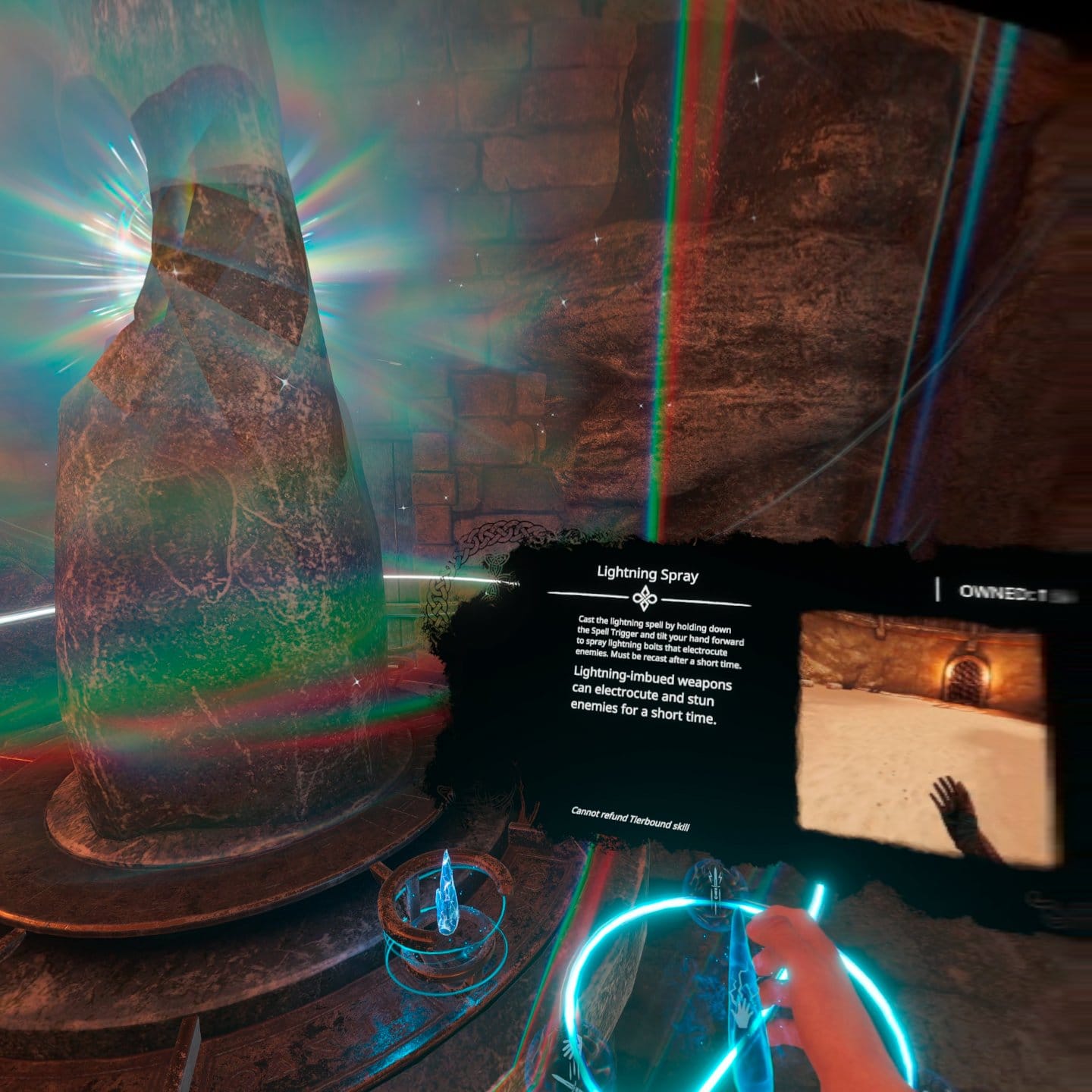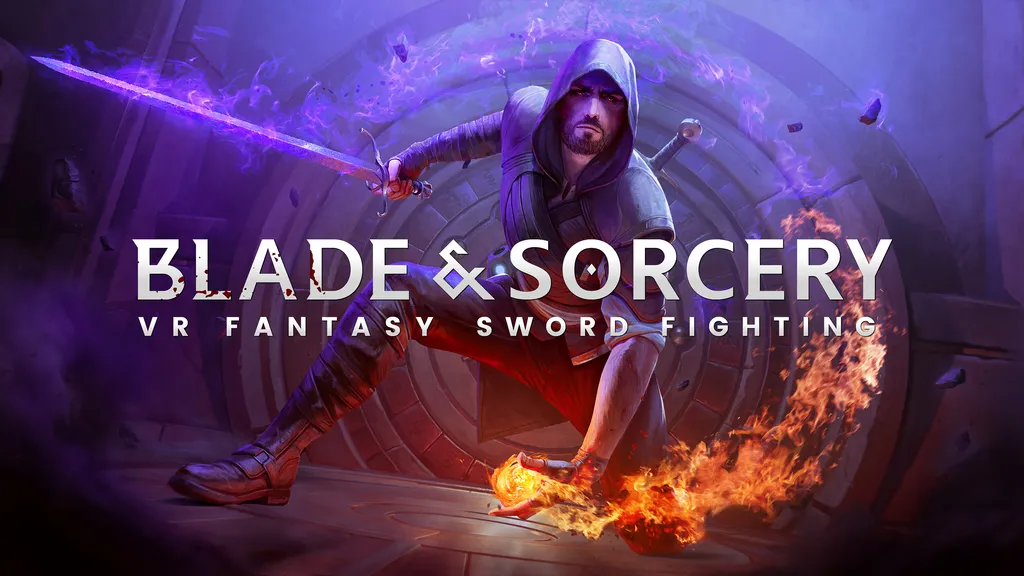Blade & Sorcery recently entered full release but how does this VR physics-based combat game feel in 2024? Read on for our full review.
A certain subset of PC VR games seem destined to remain in permanent early access. I'm not referring to games abandoned mid-development but rather, those retaining the label despite years of updates. H3VR and Onward immediately spring to mind and for the longest time, I counted Blade & Sorcery among them. Finally seeing the full release feels strange after nearly six years, and I'm thrilled it sticks the landing.
I can't claim to have followed Blade & Sorcery since the start. Not joining the VR scene until mid-2019 means I missed the earliest days and though I certainly enjoyed the sandbox combat, campaigns keep me glued to games. I'm thankful then that Version 1.0's biggest change introduces an entertaining campaign-focused 'Progression Mode.'
This roughly seven-hour campaign does justice to the sandbox game without compromising Blade & Sorcery's core gameplay. I couldn't imagine Blade & Sorcery with cutscenes, so I'm pleased that Warpfrog used environmental storytelling. Rival factions have begun stirring after ancient Dalgarian ruins emerged, though you won't learn the particulars without searching for lore documents. It's a subtle approach that successfully balances the wants of those after an action-focused experience and those who'd prefer something deeper.

Unsurprisingly, the Progression Mode takes a comparatively more gradual approach to unlocking skills and weapons than Sandbox, slowly building you into a powerful warrior. You won't get every skill on a playthrough, Warpfrog's designed this campaign for replayability, and I enjoyed experimenting with different builds after beginning from a blank slate.
Progression Mode's core loop is pretty basic - explore locations to kill enemies and find loot, explore a Dalgarian dungeon to obtain a crystal for unlocking a new skill set, choose which skills you'd like to learn at home, and so on. It's more of an excuse to initiate fights but while I'd never spoil the exacts, reaching the secret ending was nice. Still, Blade & Sorcery’s biggest draw has always been combat, so I’m glad that remains the focus.
Combat offers the same thrills it's always done. Elaborate kills are where Blade & Sorcery shines and melee combat’s brutality remains appealing. Whether you want to throw foes off a cliff, pierce skulls with a sword, or other grim ends, I’d consider this more gruesome if dead enemies didn’t look ridiculous. Those cold dead-eyed stares from those lifeless bodies are more hilarious than haunting.
Magical combat also has its charm. Messing with gravity, elemental abilities and more ensures a nicely varied slate. Toasting enemies with a Palpatine-esque lightning strike by tilting your hand forward is pretty fun and enhancing these powers as you advance offers a nice sense of progression. Combining abilities feels great and as someone who chose the Lightning Sorceror, mixing elemental abilities with swords was more fun than a standard lightning strike.

After clearing enough Outposts, the ruins become available and that's capped off by fighting a Golem. Despite being a classic case of "obvious weak spot," they deliver a real sense of danger. Golems aren't as massive as the main bosses in Skydance's Behemoth or Shadow of the Colossus, yet climbing up them and gradually taking them down feels like a challenge when they try shaking you off. Given how frequently I found myself turned upside down when they begin shaking, this can be a rough experience for any VR newcomers.
Comfort
Blade & Sorcery uses artificial stick-based locomotion, there's no option for teleportation movement and movement direction can be based on your headset or controller position. Snap or smooth camera turning are supported with adjustable turning speeds. You can choose which hand the laser pointer appears in. Pushing the analog stick up lets you jump, while pushing it down allows you to crouch. You change how you use telekinesis and grip bodies.
For wider comfort issues, you can disable dismemberment and blood effects, alongside limiting the number of dead bodies that appear at once. There's also an arm length multiplier and you can enable a vignette. It's also worth noting that Blade & Sorcery features fully integrated mod support, which may affect performance.
However, Blade & Sorcery's old problems remain visible. Namely, it's still incredibly janky, which I expected going in. My arm frequently gets stuck while climbing objects or opening doors. Seeing it stretch like Mr. Fantastic as I try to get free is both funny and annoying. My hand not registering when grabbing some ledges, leaving me falling to the floor, was just plain irritating.
The presentation also needs further work, though that's not to say Blade & Sorcery looks bad. The environments look great and the weapons are well designed, but I certainly hoped for more. My PC uses an RTX 4070 Ti Super and Intel i9-12900 processor, well above the recommended specs, and using the highest settings caused performance issues when playing on both my Rift S and Quest 3 via Virtual Desktop.
Even on the 'High' setting, I noticed considerable visual pop-in; the sky completely disappeared on one occasion, and seeing textures change when I wasn't far away hampered the immersion. I also clocked some infrequent issues with sound design. On two occasions, I went into a room to find it completely silent but after exiting, running water could suddenly be heard rather loudly with no fade-in.

If all you’re looking for is the combat though, Sandbox Mode remains available without restricting access to weapons and powers, giving you arena-based battles as you fend off enemy waves and other options. Personally, I’ve always preferred structure over open-ended gameplay as I like having goals to work towards, though keeping it straightforward in Sandbox has its own charms. That’s boosted further by the official mod support, giving you near-endless options to keep this fresh.
Blade & Sorcery Review - Final Verdict
Blade & Sorcery feels better than ever with Version 1.0 and nearly six years on, it still delivers that brutal yet satisfying physics-driven combat. The Progression Mode is an enjoyable addition, applying that sandbox playground to a campaign mode in a way that feels rewarding while remaining true to the game's roots. It's still undeniably janky and needs some performance optimization, but if you’re looking for great fantasy combat, Blade & Sorcery remains recommended.

UploadVR uses a 5-Star rating system for our game reviews – you can read a breakdown of each star rating in our review guidelines.
























